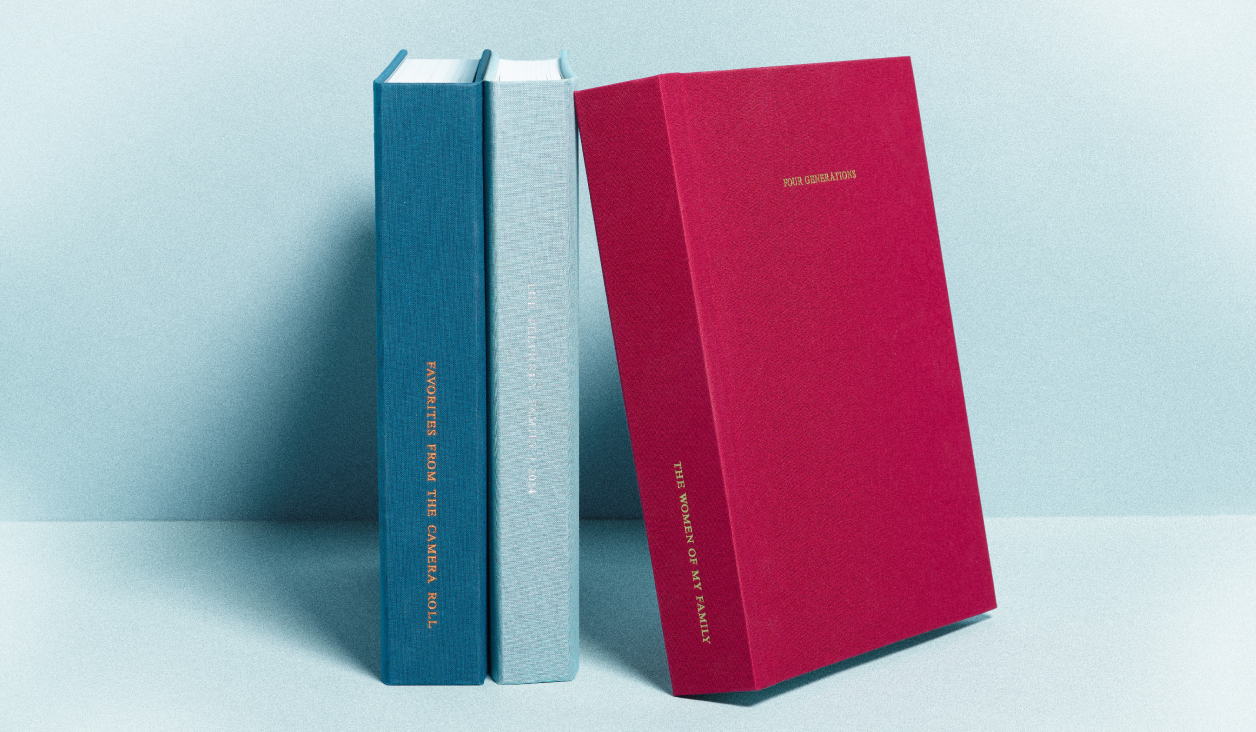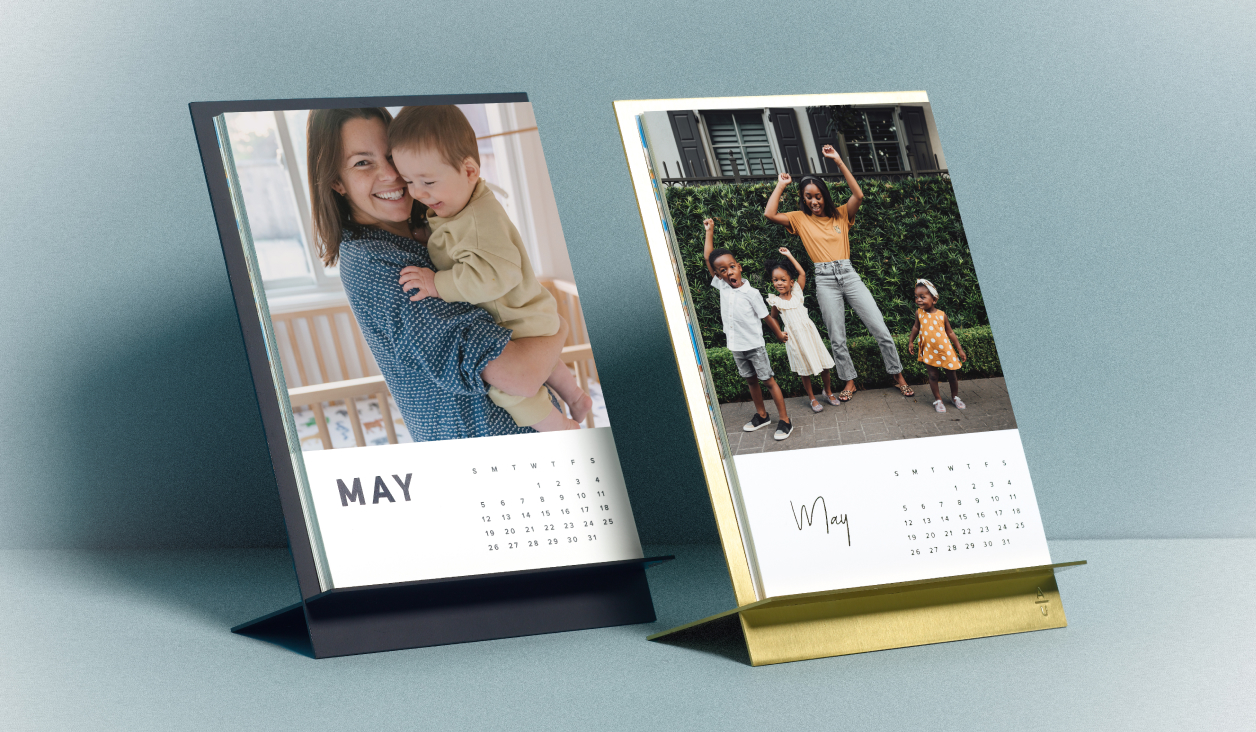


AU: Why do you feel it is important to document each day?
KH: As a doting mother, I don’t want to forget anything. Not a single thing. From the testing times to the joyful times, it’s all precious to me. I know that I can’t realistically record every moment of every day but a 365 project is the next best thing. I also find the discipline of the project helpful in maintaining a connection to my creative drive, which can get lost in the mayhem of family life. I am proud of what I have achieved, despite lacking the time to devote to other artistic projects and pursuits. It’s a testament to the merit of sticking to an artistic routine.
AU: Can you recall a day most memorable since starting this project?
KH: The photos themselves serve to jog my memory of time and place and of the love and beauty of every moment with my children. If I had to choose one memory, it would be taking shots of my family while I was still in hospital after giving birth to my second child. I didn't know it at the time, but I captured something special in that anodyne and kitsch atmosphere of a hospital. And the trip home was full of happy anticipation, carrying our baby boy, with arms full of flowers and balloons, welcomed by the family cat, and my daughter jumping with joy.


AU: What made you fall in love with photography?
KH: I was always a keen documentary photographer, even before I formally studied photography at university. What attracted me to photography was the ability to record the everyday and to bring out the aura and essence of what is there – through the visual selection of mundane events and circumstances. I am a deeply visual person and photographs are my way of internalizing the world, making sense of it, and hopefully allowing other people to make sense of it too.



AU: What do you try to convey with your photographs?
KH: I am a storyteller, telling the story of a very small event in one particular day. I try to relate the wonder of childhood, I suppose, and the small, seemingly inconsequential details of life, which actually become significant memories for most adults when they reflect back on their own childhood.
The visual elements of childhood cut across all cultures and times so there is a timelessness in capturing the particular history of my family.



AU: Does the constant capturing ever feel repetitive? What do you do to switch things up?
KH: At first the routine seems repetitive and laborious but – like all routines – the rewards are in the fruits of your labor. Taking photos is only the tip of the iceberg: the hard work comes with editing and formatting – which is a different, more contemplative and creative experience. The repetition of clicking and editing is habit-forming in a good sense, and the satisfaction in the results far outweighs any of the negatives. I suppose the best way to keep things interesting is not to focus on the shots I would like, but rather to incorporate everyday situations into my work and find the new in little things and in environs which are my own.
AU: How are you able to capture such authentic moments with fast moving little ones?
KH: The trick to getting natural looking photos of fast bodies is to take lots of them, and to take them when the children are doing something they really enjoy doing and are fully engaged in that experience. The more candid the better, but this is not always possible. Spontaneity has to be balanced with more formal shots.




AU: How many photos do you take each day?
KH: This really depends on the day – it depends on the children’s moods, the environment, and events leading up to that moment. But even when all the circumstances are right, inspiration still needs to be present. Some days I can take a few hundred photos and not be happy with a single one. Other days I’ll just take a handful and keep all of them. Getting the right conditions and the right inspiration and enthusiasm all at the same time is a bit of a gamble, so at some point you just have to let go and accept what you get – no matter the circumstances. In fact, it’s actually more conducive to getting something you like if you abandon expectations for the day. As the hackneyed adage has it, “you just have to go with the flow.”



AU: Do you find yourself changing your lifestyle because of the 365 project?
KH: I am definitely more open to exploring my surrounding environs, and luckily, I live somewhere with many possibilities for the exploration of the natural environment. I am always up for a trip to the beach or the bush: the children are happy and nature is always full of beauty.
AU: Where do you hope this project lives after it is complete?
KH: I imagine having a small library of albums, one for each year of my children’s childhood. I anticipate great joy in perusing these pictures when I’m old and gray. If the children take an interest in these albums too that will be a bonus.

From Katherine we learn that the great images of our life are those that make us feel something. They aren’t necessarily the portrait of perfection or a life that is manicured. But what they do have is the ability to make us notice and bring us back – back to the places and faces and everyday experiences that shape us.
With each click of the shutter – no matter how perfect or imperfect it may seem – we find a way to more clearly remember each sliver of what was.











